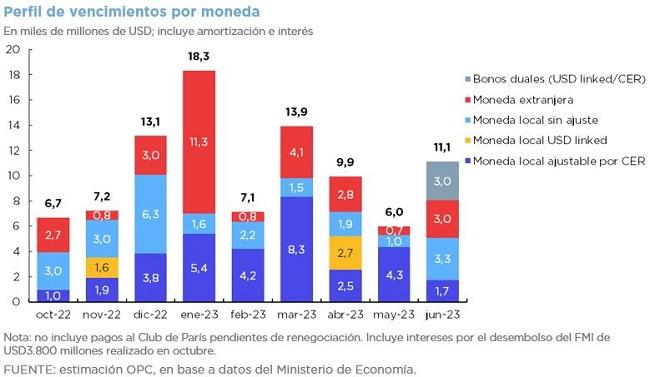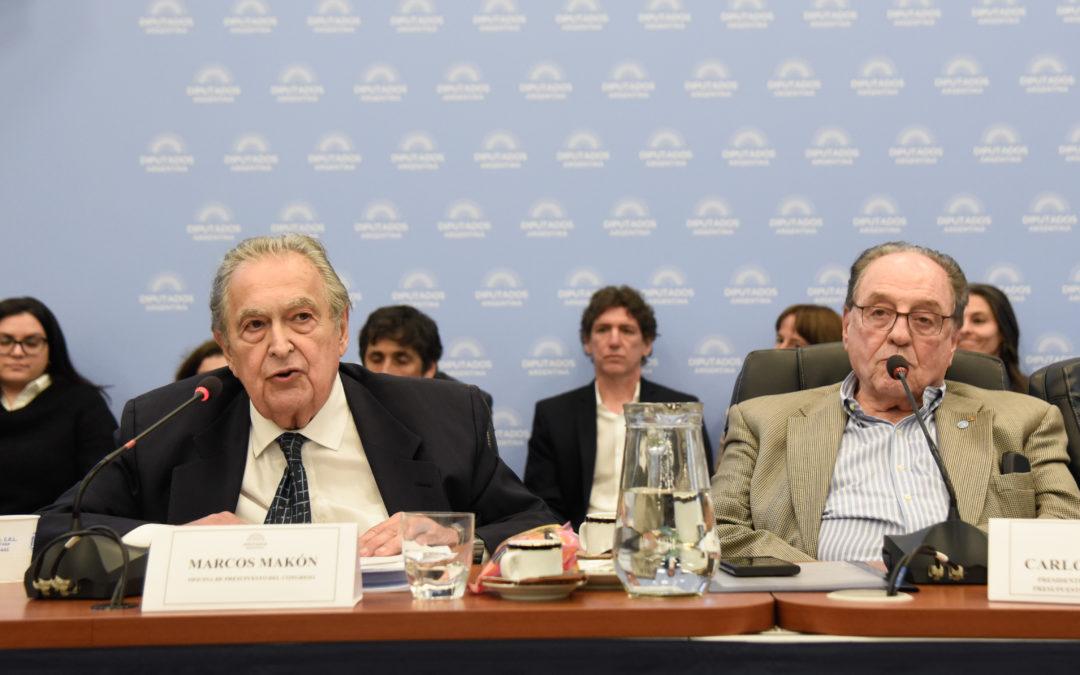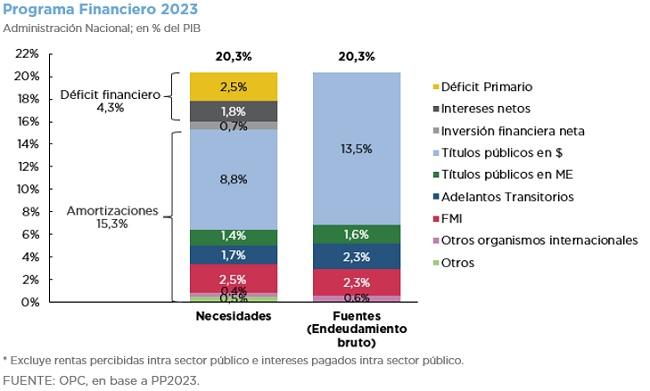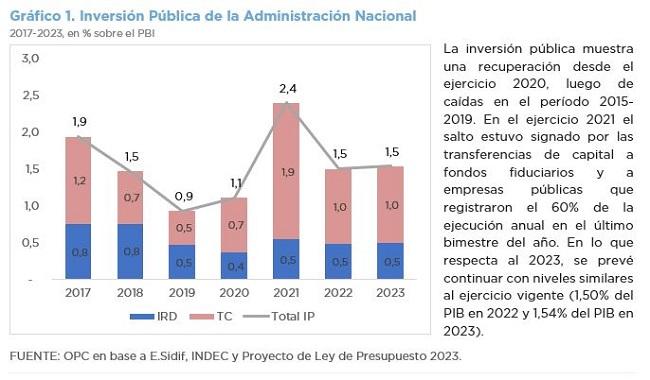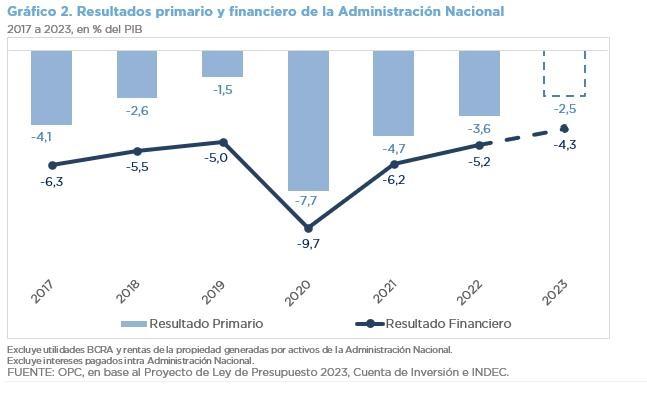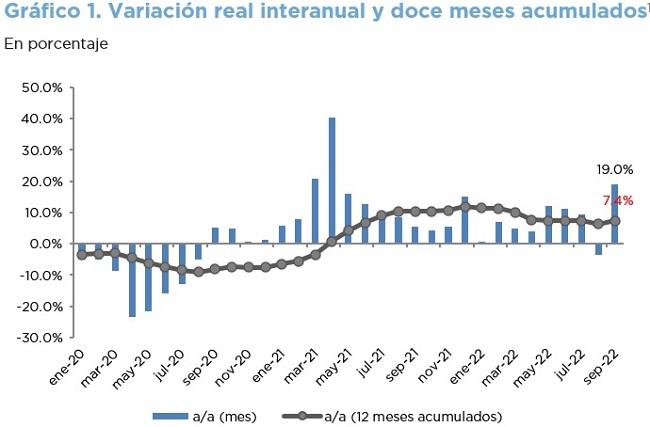
ANALYSIS OF NATIONAL TAX REVENUE – SEPTEMBER 2022
Tax revenues amounted to ARS2,127.181 billion in September 2022, which implied a growth of 117.9% year-on-year (YoY). Adjusted for inflation, it increased 19% YoY.
Higher revenues from Export Duties applicable to the soybean complex within the framework of the Export Increase Program (Executive Order 576/2022) explain this performance. The recovery of the activity level since March 2021 and the increase in the nominal exchange rate (46.1% YoY) contributed to this result. However, they generated an increase in Export Refunds, which had a negative impact on revenues.
Among tax resources, the increase in real terms in the PAIS Tax stands out, resulting from the return to foreign travel as COVID-19 restrictions were eliminated. Income Tax, VAT and Tax on Credits and Debits also increased because of the higher economic activity compared to 2021.
Wealth Tax decreased because of a high comparison base attributable to the difference in due dates that operated between fiscal periods.
On the other hand, Social Security contributions fell because of an increase in prices that exceeded the increase in the wage bill.

